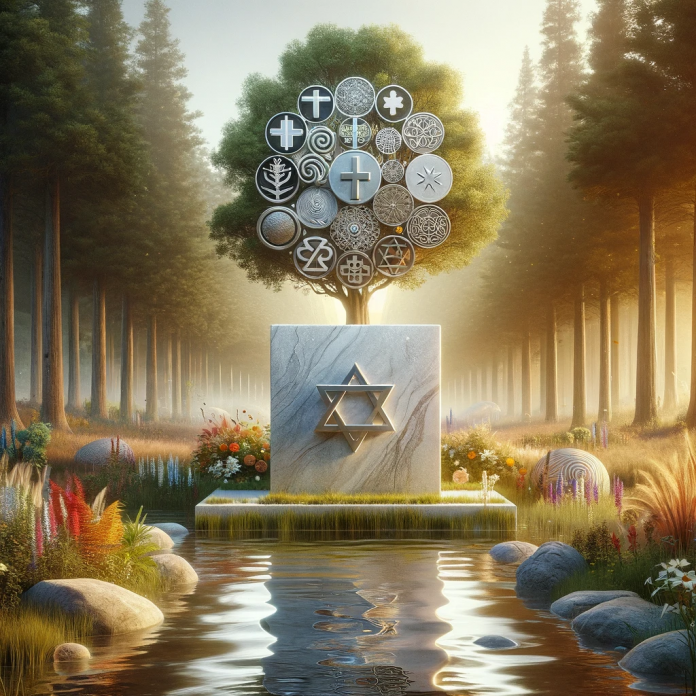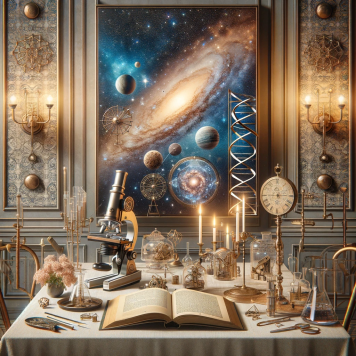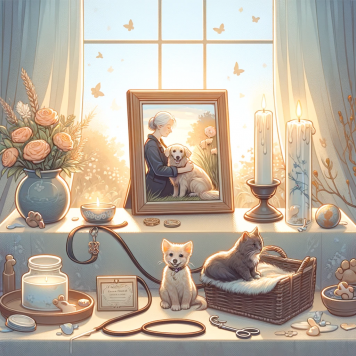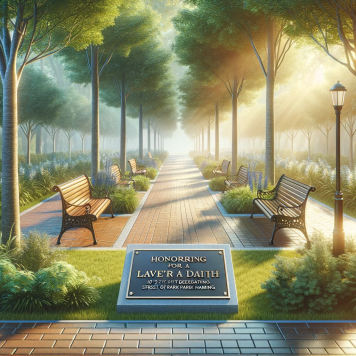Memorials are an essential part of the grieving process, providing a space for individuals to remember and honor their loved ones. In recent years, there has been a shift towards modern memorials, which often incorporate technology and contemporary design elements. However, traditional rituals still hold a significant place in these ceremonies. This article explores how traditional rituals can be incorporated into modern memorials, creating a unique blend of the old and the new.
The Importance of Traditional Rituals
Traditional rituals play a crucial role in the mourning process. They provide a sense of comfort and familiarity, helping individuals navigate the challenging journey of grief. Rituals can also foster a sense of community, as they often involve the participation of family members and friends.
Moreover, traditional rituals can serve as a link to the past, connecting individuals with their cultural heritage and ancestry. They can offer a profound sense of continuity, reminding us that death is a natural part of life's cycle.
Examples of Traditional Rituals
Traditional rituals vary greatly across different cultures and religions. For instance, in Hinduism, it's common to hold a ceremony called a Shraadh, which involves offering food to the deceased. In Jewish tradition, a stone-setting ceremony is often held a year after the death, where a tombstone is placed and unveiled.
In many African cultures, memorials often involve music and dance, celebrating the life of the deceased rather than mourning their death. Meanwhile, in many Western cultures, it's common to hold a wake, where friends and family gather to share stories and memories of the deceased.
Incorporating Traditional Rituals into Modern Memorials
Modern memorials often incorporate elements of traditional rituals, creating a unique blend of the old and the new. This can be achieved in various ways, from the design of the memorial itself to the ceremony that accompanies it.
For instance, a modern memorial could incorporate traditional symbols or motifs, such as crosses, stars of David, or other religious or cultural symbols. These symbols can be integrated into the design of the memorial in a contemporary way, such as through laser-cut metalwork or etched glass.
Using Technology to Enhance Traditional Rituals
Technology can also play a role in incorporating traditional rituals into modern memorials. For example, video tributes can be used to share stories and memories of the deceased, bringing a traditional element of storytelling into the digital age.
Similarly, online memorial platforms can allow people to participate in traditional rituals remotely. This can be particularly beneficial in times of social distancing, or for those who are unable to attend the memorial in person.
Creating a Personalized Memorial Experience
Ultimately, the goal of any memorial is to honor the life of the deceased in a way that is meaningful to their loved ones. By incorporating traditional rituals into modern memorials, individuals can create a personalized experience that reflects the unique life and values of the deceased.
Whether it's through the use of traditional symbols, the incorporation of cultural rituals, or the use of technology to enhance traditional elements, there are countless ways to create a modern memorial that pays homage to tradition.
Consulting with a Professional
When planning a modern memorial that incorporates traditional rituals, it can be helpful to consult with a professional. Funeral directors, celebrants, and memorial designers can provide valuable guidance and support, helping individuals navigate the planning process.
These professionals can offer advice on how to incorporate traditional elements in a respectful and meaningful way, ensuring that the memorial is a fitting tribute to the deceased.
Conclusion
Incorporating traditional rituals into modern memorials can provide a sense of comfort and continuity, helping individuals navigate the grieving process. Whether it's through the use of traditional symbols, the incorporation of cultural rituals, or the use of technology to enhance traditional elements, there are countless ways to create a modern memorial that honors tradition.
By blending the old with the new, individuals can create a unique and personalized memorial experience that truly reflects the life and values of the deceased.


-banner.png)





